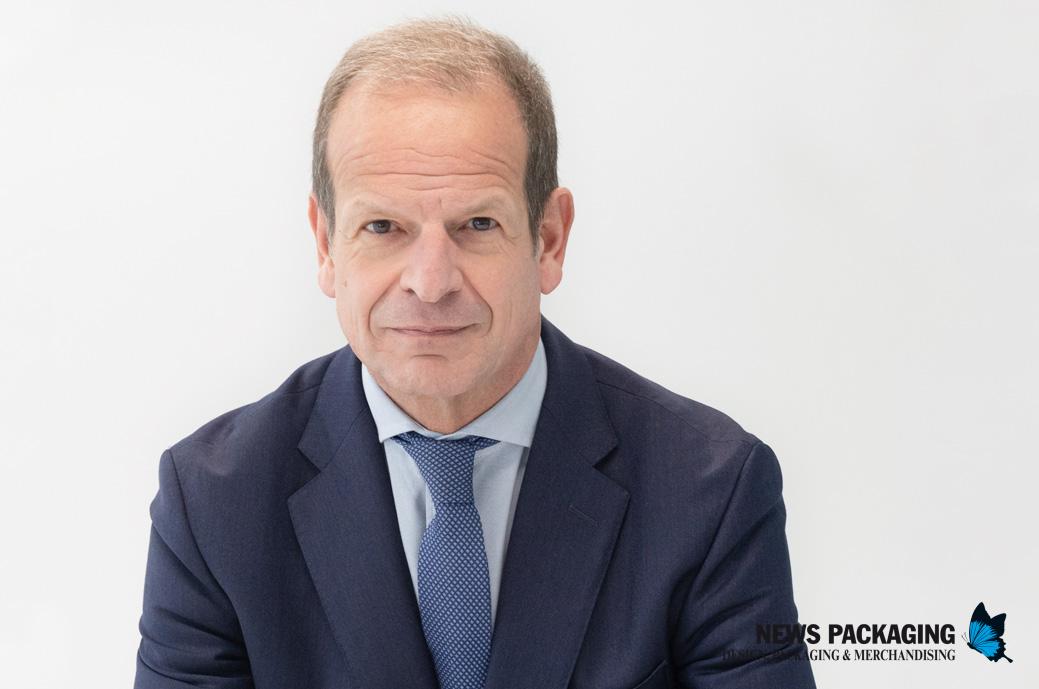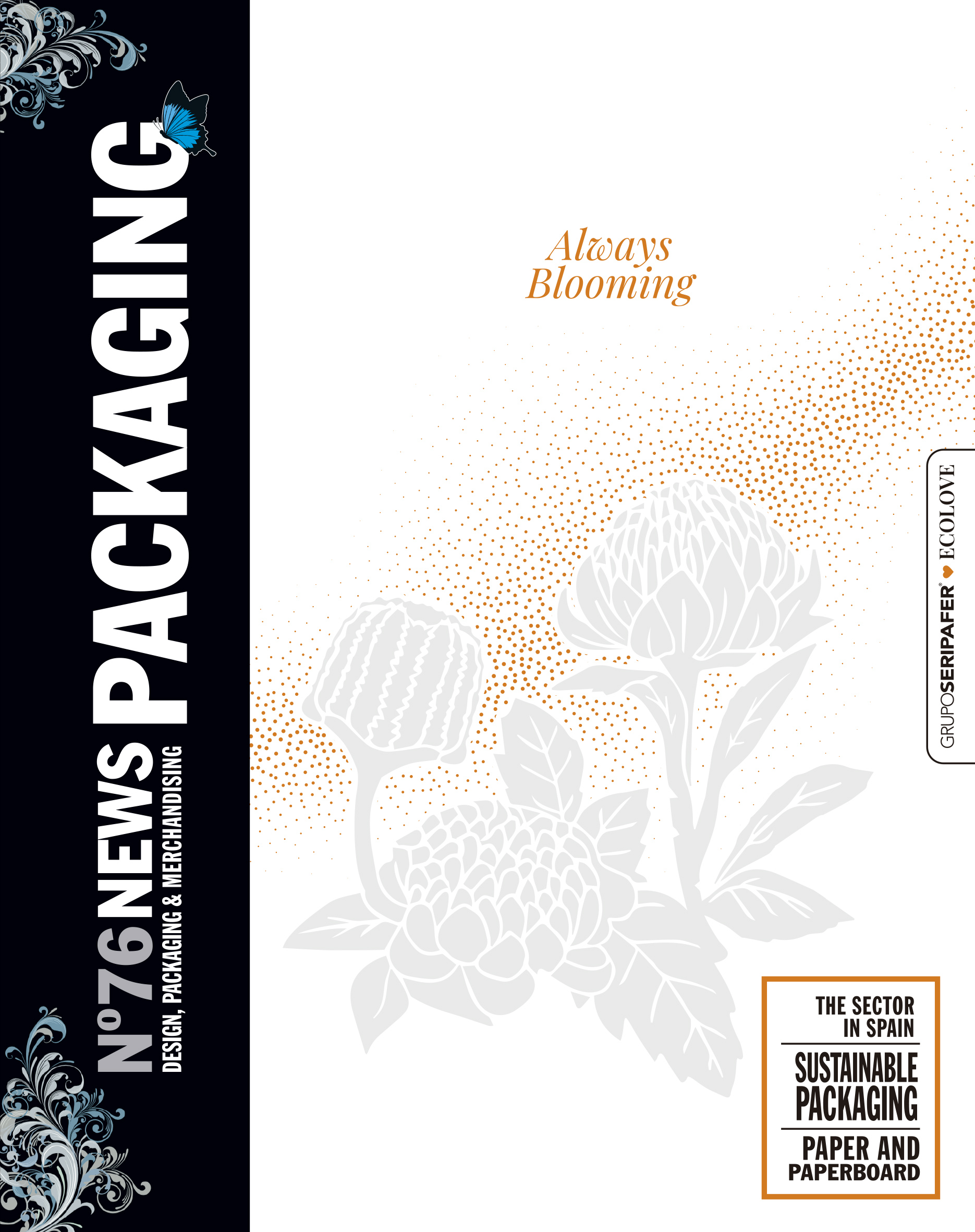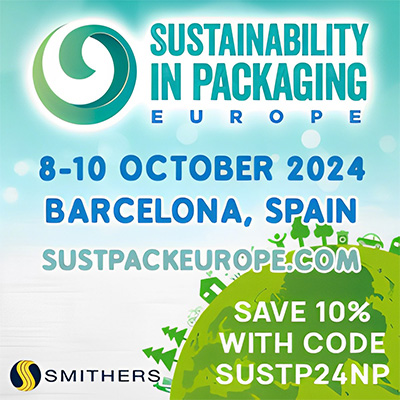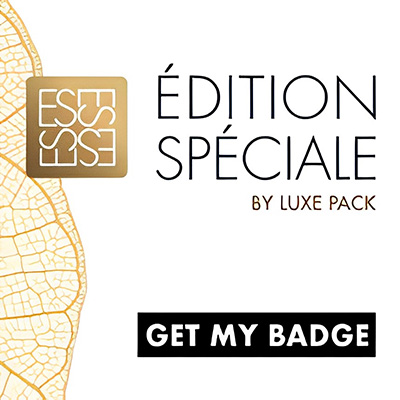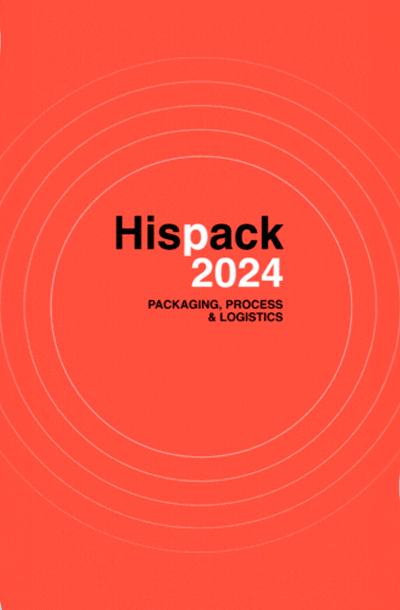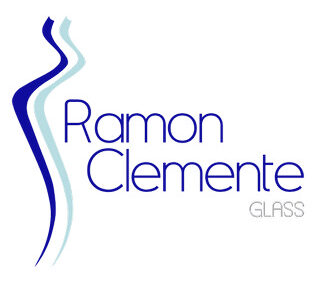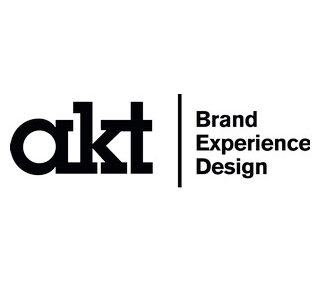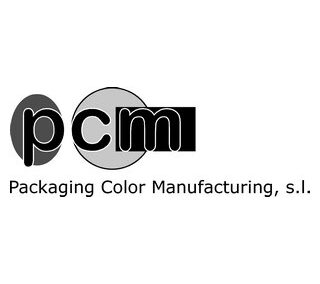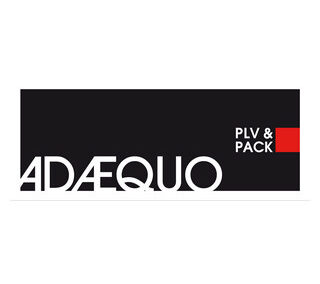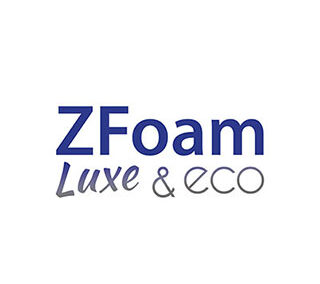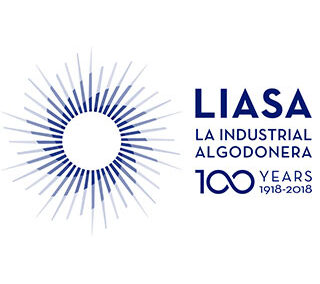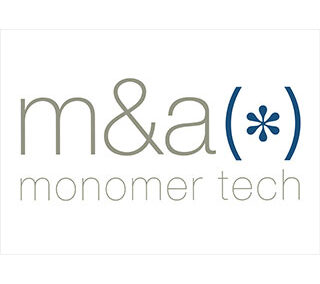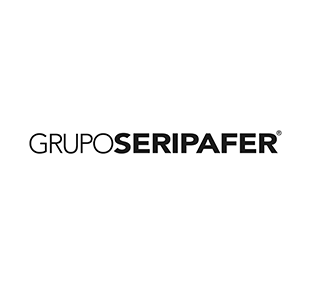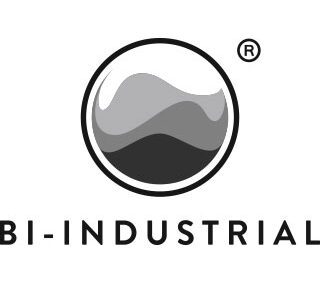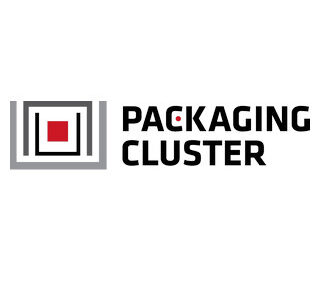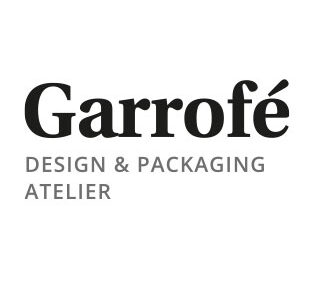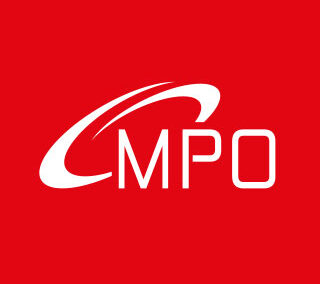«Sustainability has been one of the pillars of Cinfa since its origins»
Cinfa is a Spanish pharmaceutical company with more than 50 years of experience. How would you define your evolution and philosophy?
Cinfa was born 55 years ago in Spain with the aim of making quality, effective, safe and accessible health solutions available to patients, allowing them to enjoy a better quality of life. All this, with a broad vademecum that includes not only the treatment of pathologies, but also prevention.
Throughout this half century, and with the help of healthcare professionals, Cinfa has evolved and grown to become the laboratory most present in Spanish homes, something that represents pride, but also a great responsibility when it comes to guaranteeing the necessary treatments for all these people.
What is your positioning in Spain?
And at a global level?
Today, Grupo Cinfa is a group with 100% national capital, which includes various companies in the world of health and has more than 2.200 professionals. Likewise, it is positioned as the first laboratory in the national pharmaceutical market, both in units and values.
At the same time, 28% of our turnover is already international, and we are present in more than 100 countries. Our activity focuses, above all, on the Middle East, Central America and Southeast Asia, with Cinfa brand medicines and solutions; and in Southern Europe, mainly in France and Italy, with other Group brands. In addition, through our third-party or B2B area, we manufacture medicines for other laboratories that market them in much of Europe.

Cinfa has a complete vademecum.
In which segment are they best positioned?
Do you have any references that stand out especially?
Indeed, Cinfa is the company with the most extensive vademecum in Spanish pharmacies. We are leaders both in prescription medications and in the area of Consumer Healthcare. At Consumer Healthcare our goal is to offer specialist brands in each of the categories in which we compete. I would highlight brands such as Pharmagrip, Respibien or Cinfatós in non-prescription medications; Farmalastic and Orliman in orthopedics; NS and Santé Verte in Naturals; and Be+ and GOIBI in personal care.
They have their own Energy Efficiency Plan and a self-consumption photovoltaic park on the roofs of their warehouses at the headquarters. What other measures are you implementing for sustainable production?
Sustainability has been one of the pillars of Cinfa since its origins, both in terms of the economic, social and environmental spheres. In this last axis, we contemplate everything from correct waste management to plans for the optimal use of resources, ecopackaging actions and various energy efficiency measures, in fact.
Currently, in addition to having our own photovoltaic park, which already exceeds 8.000 m2 in area, all the energy we acquire in our medicine plants comes entirely from renewable sources. Likewise, in our facilities and production processes we implement high energy efficiency equipment and various systems, such as enthalpic thermal energy recoverers to reduce the electrical consumption required in the treatment and air conditioning, a fundamental aspect in the pharmaceutical industry. .
Thanks to these measures, in the last 3 years we have been able to reduce our carbon footprint ratio by 51%.
Do you follow waste reduction strategies?
Of course. At Cinfa, we have ISO14001, a standard that guarantees that the company follows a correct environmental management system, and we recover 8 out of every 10 waste generated. Furthermore, from the conception of the packaging, we consider different ecopackaging criteria to, for example, reduce the weight of the cardboard or use, where possible, single-material packaging that simplifies the subsequent treatment of waste. In addition, we use FSC-certified cardboard and paper, which guarantees that they come from sustainably managed forests.
How do you approach the packaging of your different product lines? Do you have your own department or do you outsource it?
Packaging is a very important element of the product and we work on it in each brand with multidisciplinary teams. In our marketing department we have specialized teams in each category that work with an internal team specialized in packaging and we also work with expert external companies.
As he told us, when considering the packaging of a new product, they take into account eco-design measures...
Yes. As I mentioned before, environmental criteria, along with accessibility and adherence, are fundamental when we conceive new packaging and designs. What we cannot lose sight of is that the pharmaceutical industry must comply with very high quality standards and regulatory requirements, and therefore, any change in packaging materials requires longer periods, new stability studies and controls... But we are taking steps.
Cinfa has renewed the design of its prescription medications. What do the changes introduced in the packaging consist of?
The changes introduced in the packaging, which affect 700 references, seek to facilitate pharmaceutical advice, as well as improve adherence to treatments and the taking of medication by patients, especially elderly or polymedicated people, thanks to a more legible, clear and recognizable image that allows the identification and recognition of the treatments.
How can they improve patient adherence to treatments?
The new containers have a color code to identify the active ingredient and the doses, which has also been transferred to the blister packs, in order to avoid confusion with the medication. In addition, an icon has been incorporated with the appearance and color of the pharmaceutical form contained in each container, as well as a blank space on the back of the box, designed to note the use and dosage of the drug.
Regarding the changes to achieve greater accessibility in the packaging, the incorporation of a QR code on the outside of the box stands out, allowing the leaflet to be read directly. The name of the medicine is also maintained in Braille, in order to help people with visual disabilities.
Are we facing the end of the prospectus as we know it until now?
In medicines, the incorporation of a QR code on the outside of the box to directly access the medicine leaflet is an additional benefit for the consumer, but the paper leaflet will be maintained for now because it is an aid, especially for older people who have less digital skills.
Is direct communication with the patient easier thanks to new technologies?
New technologies offer us possibilities that must be taken advantage of, but, in our case, as a pharmaceutical laboratory, we are very clear that it is a communication that cannot replace direct and personal advice from health professionals. Thus, new channels and technologies must continue to coexist with direct treatment, which, in addition, implies a closeness and empathy that is difficult to replace.
They have renewed up to 700 references.
What does a change that affects so many products imply?
The truth is that it is a very complex project due to the regulation that, logically, prescription medications have. We created an internal team with people from the different departments involved in the change (marketing, regulatory, purchasing, etc.), which has been in charge of presenting and planning with the Spanish Agency for Medicines and Health Products all the necessary changes.
Do you plan to renew the packaging of products in other areas, such as personal care?
Yes, we are currently working on several projects and launches in our Consumer Healthcare brands, which will involve a renewal of the packaging, and in which we will incorporate improvements in the usability and also the accessibility of our products.

